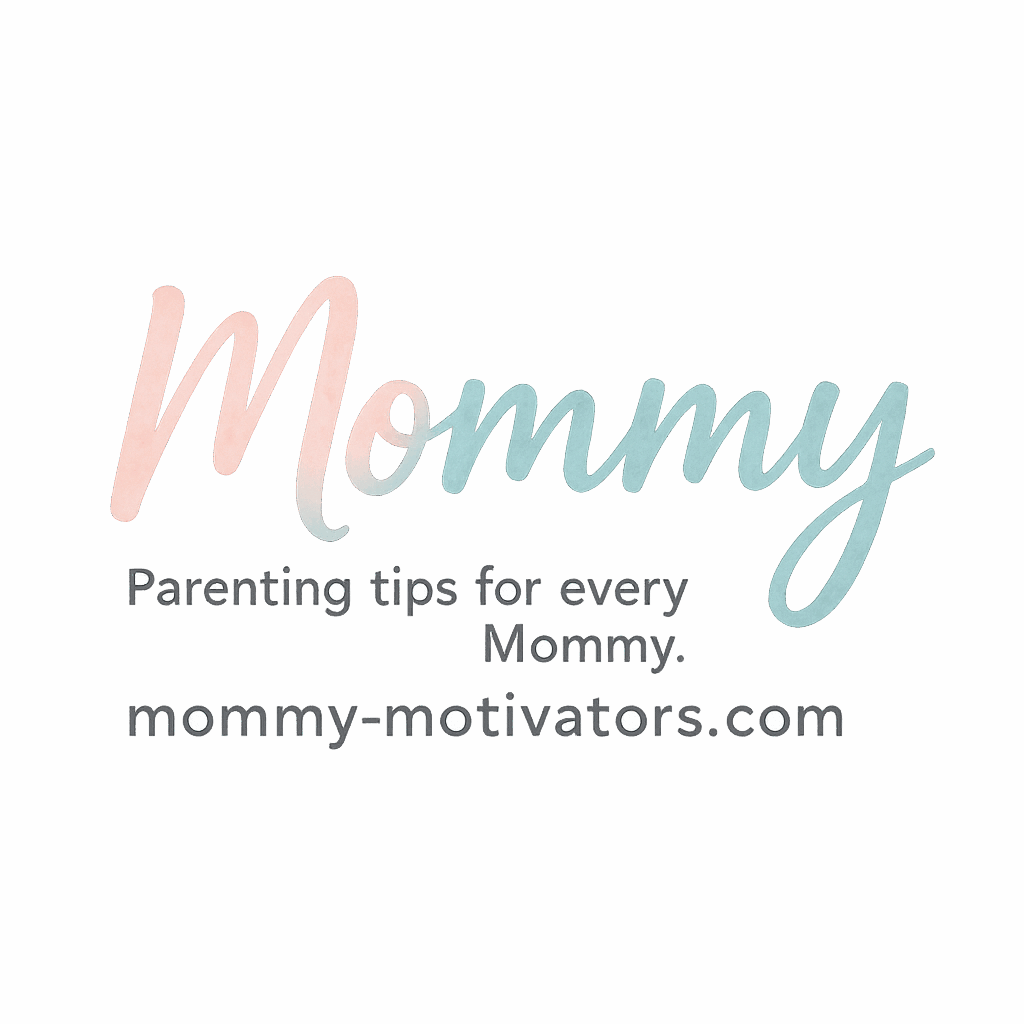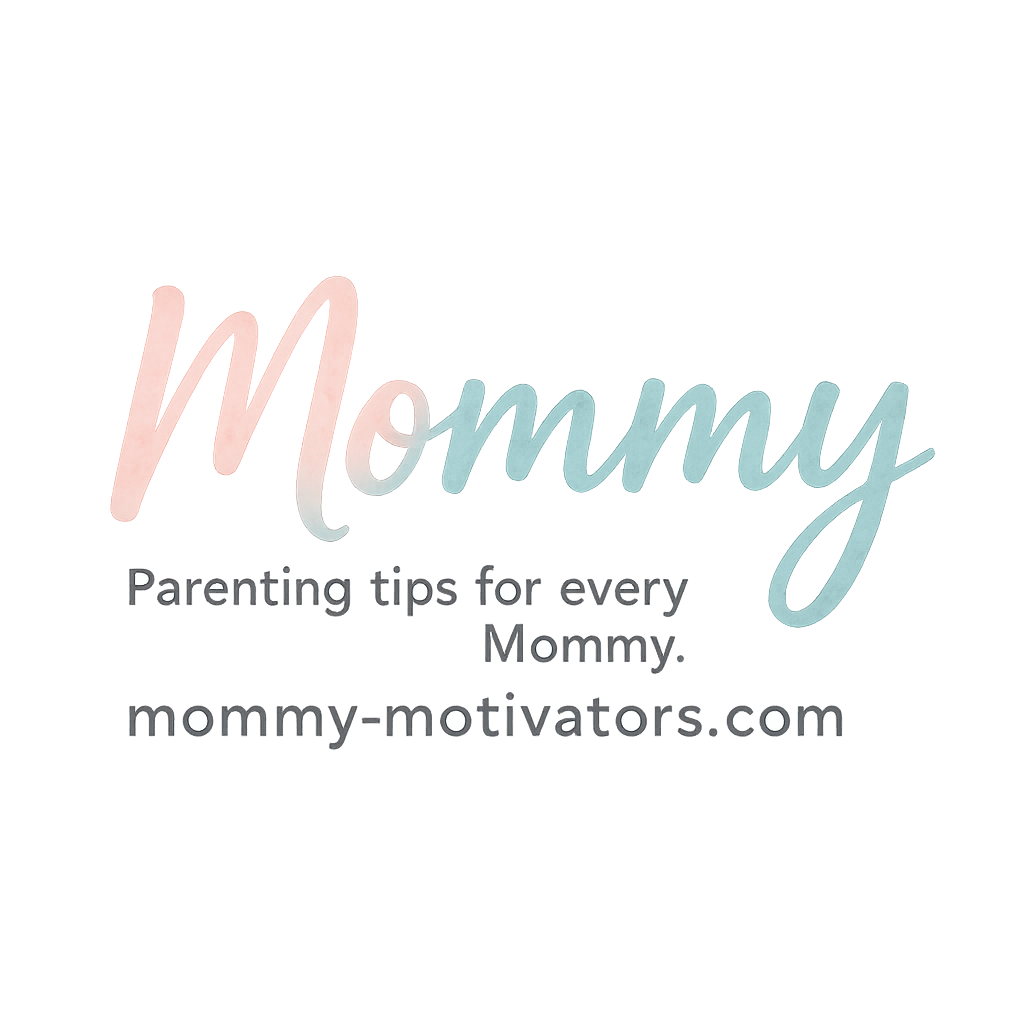Let’s be real—parenting is tough. You love your kids more than life itself, but sometimes their behavior drives you straight to the edge. Yelling might feel like the only option when chaos reigns, but here’s the kicker: it rarely works the way we want it to.
If you’ve been wondering how to discipline without yelling, you’re not alone—and you’re in the right place. This guide breaks down eight practical, loving, and totally doable tips for moms who want peace without power struggles.
Why Yelling Isn’t the Best Option
Emotional Toll on Kids
Yelling can trigger fear and anxiety in children. It sends the message that you’re out of control, not that you’re in charge. Over time, it chips away at their self-esteem and trust in you.
Children thrive when they feel safe, heard, and guided—not threatened. That’s where discipline without yelling comes in.
Looking for healthy parenting techniques? Check out Positive Discipline Tips.
Emotional Toll on Moms
Let’s not forget how yelling makes you feel. Guilt, regret, emotional exhaustion—it’s a vicious cycle. You yell, feel bad, promise not to do it again, and then snap all over because you’re overwhelmed.
It’s okay. You’re human. But there are better ways to manage these moments—and your sanity matters, mama.
Visit Mommy Self-Care & Mental Health to explore strategies that help you reset and recharge.
How to Discipline Without Yelling: Mindset Shifts
1. Understand the Behavior, Don’t Just React
Every meltdown, defiance, or sass has a root cause. Is your child tired? Hungry? Overwhelmed? Testing limits?
Taking a moment to understand what’s behind the behavior helps you respond with empathy instead of rage.
Try this: when your child misbehaves, take a deep breath and ask yourself, “What’s really going on here?”

2. Create a Calm Environment with Structure
Kids crave routine and structure—it gives them a sense of security. When the environment is chaotic, behavior often spirals.
Start building consistency with daily rhythms. Use a chart, a timer, or visuals. Check out Daily Routines & Habits for ideas to create smoother days.
You can also explore related tags like routine, schedule, and growth for more insights.
Effective Discipline Strategies That Don’t Involve Yelling
3. Use Positive Reinforcement
Instead of focusing on what your child is doing wrong, shine a light on what they’re doing right.
Catch Them Being Good
When your child shares a toy, waits patiently, or finishes a task—acknowledge it! A simple “I noticed how you cleaned up your toys without being asked. That was awesome!” goes a long way.
This strengthens the behavior you want to see and builds connection. For more tips, visit Learning & Development Advice.
4. Give Clear, Simple Instructions
If you’re giving long-winded explanations or vague directions, your child might tune out—or resist.
Avoid Over-Explaining or Nagging
Keep instructions short and sweet: “Shoes on, please. It’s time to go.” Then wait. Don’t repeat yourself endlessly.
Remember, less is more when it comes to commands.
5. Offer Choices to Empower Your Child
Kids love to feel in control. When they don’t, that’s when power struggles happen. Offering choices gives them a sense of autonomy while still keeping you in charge.
Control the Options
Say, “Would you like to brush your teeth before or after your pajamas?” Either way, the task gets done.
Bonus tip: Don’t give fake choices. Saying, “Do you want to eat your broccoli or go to bed hungry?” is just a trap—and they’ll see right through it.
Check out our tag on responsibility for more ideas on empowering kids with choice.
6. Set Logical Consequences and Follow Through
Consequences help teach accountability—but only if they’re relevant and predictable.
Natural vs. Logical Consequences
Natural consequence: If they don’t wear a jacket, they’ll be cold.
Logical consequence: If they throw toys, the toys go away for a while.
Stay calm and firm when enforcing these consequences. No drama. No yelling. Just action.
Explore our tag on consequences to get more practical examples.
Emotional Regulation for Moms
7. Practice Self-Care and Mindfulness
Your emotional state sets the tone in your home. When you’re tired, anxious, or burned out, your patience runs thin.
Why Mommy’s Mental Health Matters
You can’t pour from an empty cup. Prioritize sleep, nutrition, connection, and yes—even quiet time when possible.
Not sure where to start? Mommy Self-Care & Mental Health is packed with resources for overwhelmed moms like you.
8. Take a Break Before You Break Down
Sometimes, you just need to walk away. And that’s okay.
Use the Power of Pause
Tell your child, “I need a moment to calm down before we talk.” Step into another room. Breathe. Regroup.
This models emotional regulation and shows that even adults need timeouts sometimes.
Looking for support as a new mommy? You’ll love our resources for new moms.
Consistency and Patience: The Secret Sauce
Every Day Is a New Opportunity
Even if yesterday was filled with yelling, today is a clean slate. Don’t beat yourself up. Just commit to trying again.
Consistency builds trust. Your child learns what to expect—and that’s everything in a little one’s world.
Celebrate Small Wins
Did you stay calm during a meltdown? Did your child follow a direction the first time? That’s a win! Celebrate it. Progress, not perfection, mama.
Conclusion
Disciplining without yelling doesn’t mean letting your child run wild. It means using strategies rooted in respect, connection, and love.
It’s not about being a perfect mom. It’s about being a present mom. One who teaches, guides, and leads without losing herself in the chaos.
You’ve got this.
Want more empowering parenting tools? Head over to Mommy Motivators and explore tips on behavior, emotional development, and stress relief.
FAQs
1. Can you really discipline without yelling and still be effective?
Absolutely! Discipline is about teaching—not punishing. Calm, consistent strategies build better behavior and stronger relationships.
2. What if my child doesn’t listen unless I raise my voice?
That’s usually a sign of inconsistent follow-through. Once your child knows you mean what you say, they’ll respond to calm commands too.
3. How do I stay calm when I feel triggered?
Pause, breathe, walk away. Practice mindfulness, and take care of your own needs. Your calm is your superpower.
4. What are natural consequences vs. punishments?
Natural consequences happen without your interference. Punishments are imposed. Natural and logical consequences teach better lessons.
5. Can I use timeouts without yelling?
Yes. Calmly say, “You need a break to calm down.” Use timeouts as a reset, not a punishment.
6. How can routines help with discipline?
Routines create predictability, which reduces power struggles. Check out our guide to Daily Routines & Habits to learn more.
7. Where can I find support as a mom trying to discipline better?
Start with Mommy Motivators. Explore topics like parenting, mental health, and more.


